The History of Lipstick: How it Changed Over Time
When it comes to the history of lipstick, if you think our little lip beauty pal is a relatively modern invention, you’re in for a surprise. The earliest evidence of lipstick goes back as far as 5,000 years ago. Yes, our Sumerians and Indus Valley ancestors are thought to be the first to wear lipstick! Ancient Egyptians, Romans, and Greeks also had their ways of painting their lips, along with the Chinese, around a thousand years ago.
Let’s dive into the surprising history behind lipstick, from ancient times to its evolution over the past century, together with our history experts from the DoMyEssay writing service.
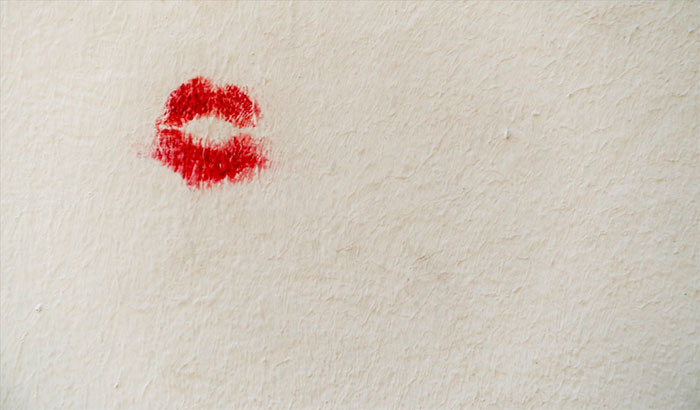
Early History of Lipstick: Gemstones, Ochre, Carmine, Mercury…
The first versions of lipstick had little to do with its modern counterparts in terms of composition. For example, Sumerians made their makeup out of gemstones by crushing them – and they used the powder to decorate not just their lips, but the area around the eyes, too.
Mesopotamia’s Queen Puabi, in turn, used a combination of white lead and crushed gemstones to paint her lips red – and that was around 3500 B.C.!
Ancient Egyptians, on the other hand, crushed bugs to produce carmine, which could turn their lips red. Indus Valley inhabitants, in turn, colored their lips with a piece of ochre or a combination of red lac and beeswax.
The Roman Empire has also seen a good share of people wearing lipstick to show off their status. However, many of the methods for painting lips red were also poisonous, such as lip balms with mercury-laden vermillion.
In Asia, the earliest evidence of lipstick goes back to China about a thousand years ago. During that time, lipstick was made of beeswax – but it wasn’t meant to add color to the lips. Instead, think of it as an early lip balm for protecting the skin of the lips against chopping.
Lipstick: A Sign of a Witch or the Royal Highness?
From the Middle Ages to the 20th century, the reputation of lipstick-wearing women changed more than once.
First, wearing lipstick in Medieval Europe wasn’t far from proclaiming heresy. The act was considered to be against the teachings of Christianity. After all, Christianity taught modesty.
In England, however, Queen Elizabeth I made red lipstick popular among the nobility – even if for a short while. After her reign (1558-1603), lipstick again fell out of favor, and using it could quite literally lead to an accusation of practicing witchcraft!
In the Victorian era, makeup was still considered “impolite.” So, women who wanted to color their lips would smuggle Guerlain’s lip pomade from Paris or trade recipes in secret.
Birth of Modern Lipstick
Speaking of France, this was the birthplace of the first commercially available lipstick. Created by Guerlain, one of the oldest perfume and cosmetics houses in the world, it was launched in 1884.
By the 1920s, the product became a success among not just the French but also English and American women. In the U.S., wearing lipstick wasn’t just about looking good. Flappers, young women who wanted to emphasize their independence post-World War I, wore lipstick to express their rebellion against the then-prevalent gender norms.
So Who did invent the Lipstick Tube?

Despite many websites declaring Maurice Levy to be the ‘inventor’ of the modern lipstick, there is no evidence whatsoever. The earliest patent for a metal lip ‘stick’ tube “holder” was filed by William Kendall in January 1917, Kendall described his invention as follows ” a lip stick holder including a tubular holder proper.” We can draw from this that there were lip ‘sticks’ prior to 1917 but not encased in a metal holder.
Patented in 1923, the swivel-up lipstick that we all know and use today took over.
Lipstick Formula: From Temporary to No-Smear
All the previous versions of lipstick – from Mesopotamia’s crushed gemstones even to Guerlain’s first invention – were not exactly long-lasting. In fact, they’d stay on for several hours at best and wouldn’t resist food or drink.
That changed in the 1950s when the first no-smear lipstick was invented by Helen Bishop. (That said, though, the first kiss-proof lipstick appeared a couple of decades earlier, in 1927 – but it wasn’t quite as resistant.)
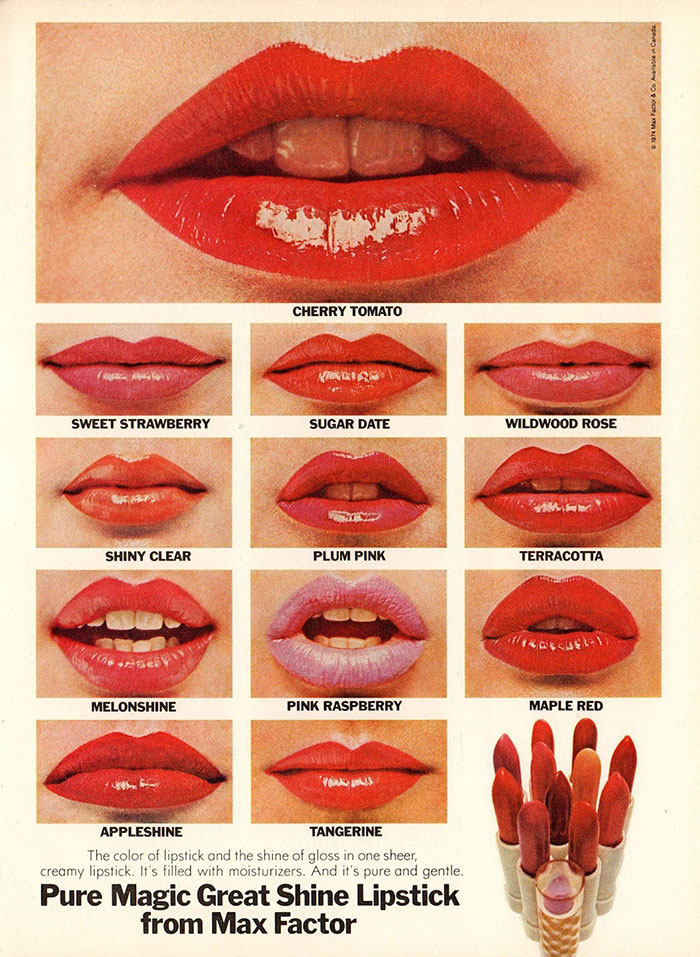
Evolution of Lipstick Shades in the 20th Century
For most of its history, lipstick was available in a limited range of colors, which were mostly just shades of red. However, the range of available colors rose dramatically throughout the 20th century, with a true revolution in that regard happening in the 1950s.
If you’re a fan of lavender, peach, or white lipstick, you should thank companies like Max Factor for coming up with these – and many other – shades and marketing them in the 1950s. As paler colors were considered more acceptable for teenagers and young women, lipstick became a staple of femininity by the 1960s.
The 1970s marked the appearance of even crazier lipstick colors, all thanks to the breakout of countercultural movements. Think iridescent blues, lime greens, vibrant violets, and navy blues.
But What About Lip Gloss?
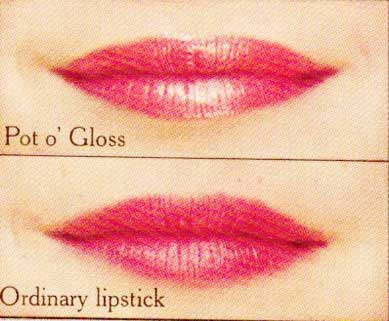
Lip gloss first appeared in the 1930s, all thanks to Max Factor’s efforts. The main reason? Making actresses’ lips stand out in films with a glossier version of lipstick! The original lip gloss formula, launched in 1932, was sold all the way until 2003!
What Does the Future Hold for Lipstick?
Lipstick doesn’t cease to evolve. For one, today, you can generate your shade with some beauty brands like YSL. And if you’re eco-conscious, you also have your pick of beauty brands that offer eco-friendly and cruelty-free formulas and refillable packaging!
That’s all ! © Glamourdaze



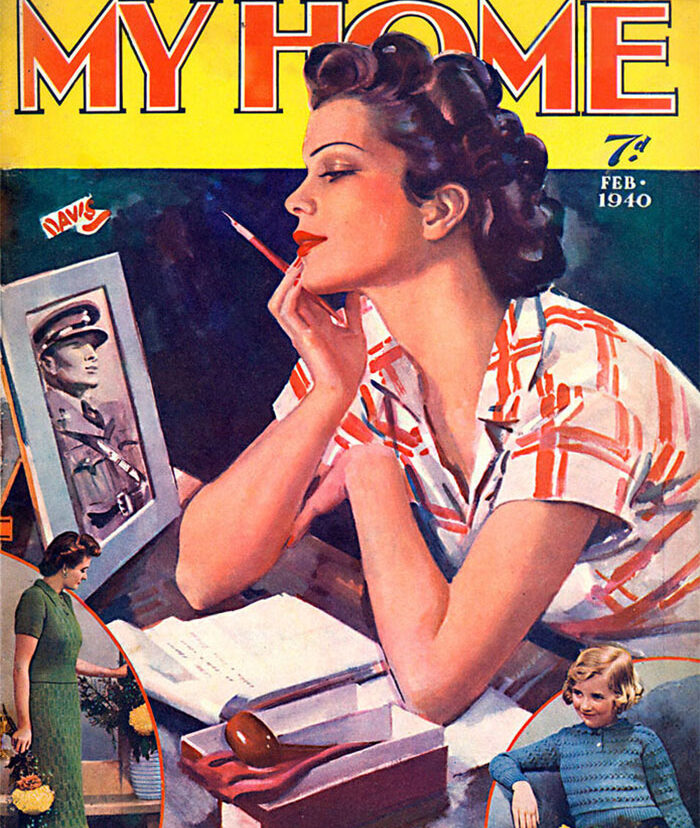
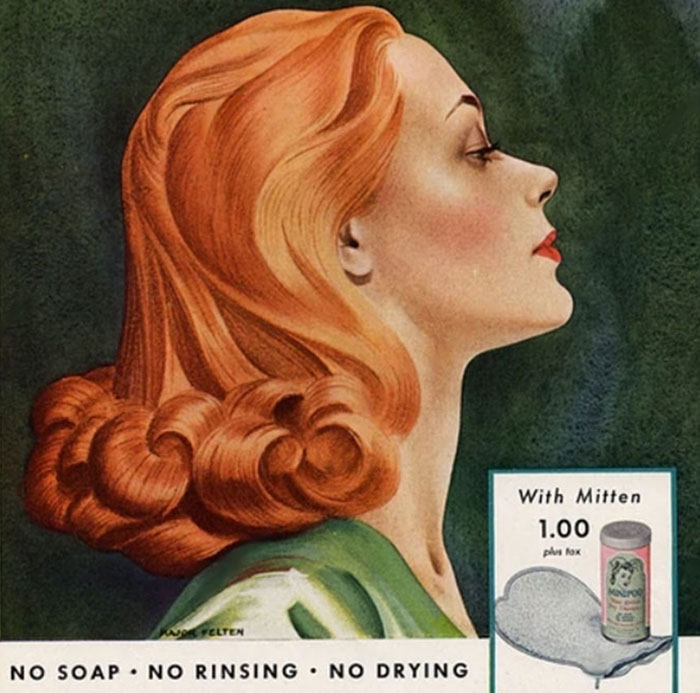
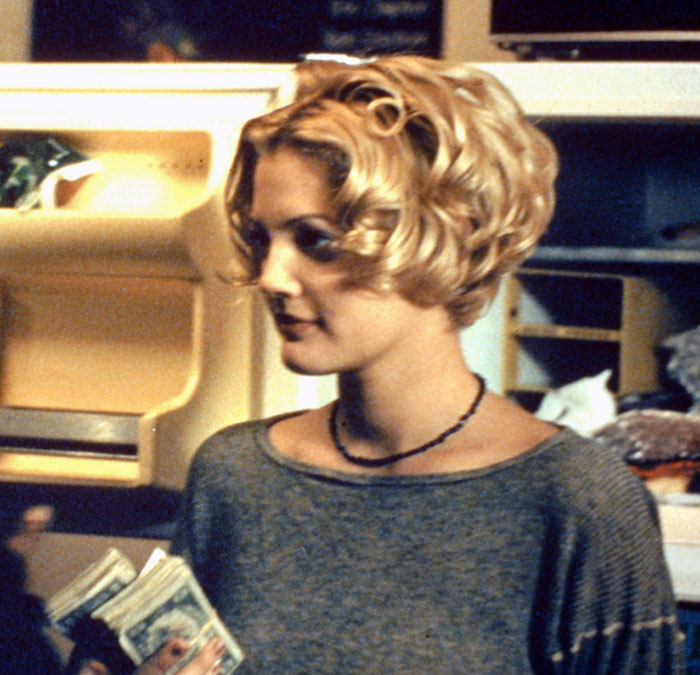
Leave feedback about this